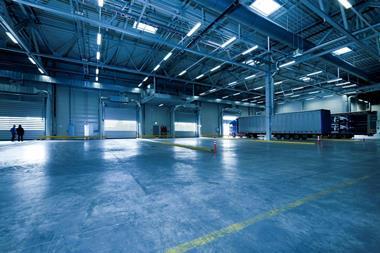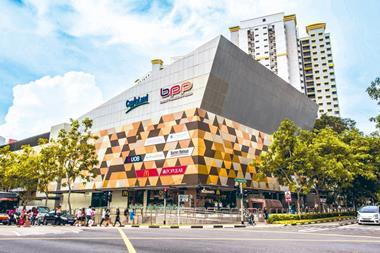GLOBAL – Asian REITs are leading their European and North American counterparts on environmental performance, according to a report from MSCI ESG Research.
The report, which benchmarks 70 REITs, measured portfolio-wide performance against criteria including the level of environmental certification.
Asia-Pacific REITs came out top with 24.2%, compared with 17.5% for European and 5.6% in North American REITs.
Senior analyst Mario López-Alcalá attributed the performance differential to a combination of regulatory initiatives and electricity prices.
López-Alcalá acknowledged that Asia-Pacific's regional performance had been driven to some extent by outperformance in Australia, which requires REITs to disclose energy ratings for buildings above a minimum size.
"Government commitment is instrumental in making managers and tenants aware," he said.
"Regulatory and market incentives are both important. Regulation will propel the market, but then the market will take over and make new practices the new normal."
In contrast to the European Union and Australia, the US has yet to implement federal regulation related to climate change.
Moreover, the US lacks the other significant incentive to focus on environmental performance – a decade-long increase in energy prices.
Price increases in Asia and Europe over the decade to 2011 drove energy efficiency improvement in those markets.
More muted North American increases – 42%, compared with 134% in Europe and 199% in Asia-Pacific – resulted in "stagnant" energy and water-efficiency improvements.
Measured by sector, retail and residential lag behind office REITs.
Yet, according to the MSCI report, retail ranks with office in its potential as a resource-intensive sub-sector to mitigate energy-price volatility risks.
Similar opportunities lie in diversified REITs, which on average comprise 31% office and 18% retail assets, and specialist North American REITs, which are significantly underdeveloped.
The report also noted green certification of 9% of Prologis's portfolio, and 17.6% of Segro's, despite limited opportunities for green development in industrial.












